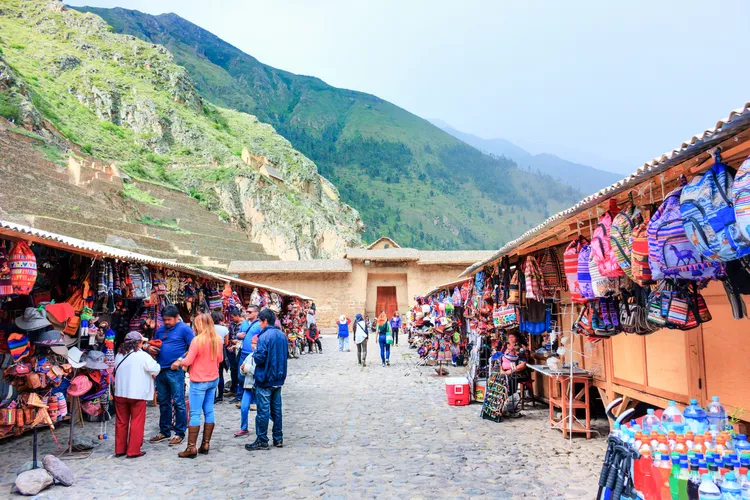Summary
Who Accepts U.S. Dollars in Peru
Many businesses in Peru do accept U.S. dollars, especially within the tourism industry. Most hostels, hotels, restaurants, and tour agencies will gladly take your dollars (some even list their prices in U.S. dollars), while also accepting the local currency. Moreover, you can also use dollars in large department stores, supermarkets, and travel agencies (for bus tickets, flights, etc.).
For everyday use, however, it is advisable to carry Peruvian soles rather than American dollars. Although you can pay for significant travel needs—such as food, accommodation, and transport—using American currency, you may encounter difficulties when trying to pay for smaller items in various shops, markets, and food stands, as well as in basic, family-run restaurants unless you have Peruvian soles.
Furthermore, the exchange rate can be disadvantageous when making purchases or paying for services in dollars, particularly when dealing with businesses that are not accustomed to accepting U.S. dollars.
How Much Money Should You Bring to Peru
If you’re arriving from the United States, it’s prudent to carry a modest reserve of USD, even if just for emergencies. You can exchange your dollars for soles upon arrival in Peru (thereby avoiding potential ATM withdrawal fees), or use them to pay for hotels and tours.
However, if you’re coming from the U.K. or Germany, for example, there is no need to exchange your home currency for dollars just to utilize them in Peru. It’s more beneficial to use your card to withdraw soles from a Peruvian ATM (most ATMs also dispense U.S. dollars, should you need them for any reason). New arrivals will find ATMs at Lima Airport; if you prefer not to rely on airport ATMs, consider carrying sufficient dollars to reach your hotel (or book a hotel that offers complimentary airport pickup). Furthermore, if you opt to use a credit card, Visa is the most recognized and accepted credit card in Peru.
The amount of USD you decide to carry will also depend on your travel itinerary. If you plan to go backpacking in Peru on a relatively modest budget, it’s simply easier to travel with soles instead of U.S. dollars. Conversely, if you’re considering staying in high-end hotels, dining at upscale restaurants, and traveling by air (or going on a package tour), you may find that dollars are just as practical as soles. Major cities in Peru, such as Lima, Cusco, and Arequipa, are also more likely to accept U.S. currency compared to smaller, rural towns that may exclusively use Peruvian soles.
Things to Know About Peru Currency
As you organize your trip to Peru, there are several important details regarding the local currency that you should keep in mind.
- If you decide to bring dollars to Peru, it’s essential to stay updated with the current exchange rate. Otherwise, you risk overpaying when making purchases or exchanging your dollars for soles.
- Ensure that any dollars you take to Peru are in good condition. Numerous businesses may reject notes with minor rips or other imperfections. If you have a damaged bill, it might be possible to exchange it at a major branch of any Peruvian bank.
- It’s advisable to carry small dollar bills rather than larger ones, as some establishments may not have enough change for higher denominations. Additionally, be prepared to receive your change in Peruvian soles rather than in dollars.
- Fake money can be a concern in Peru, as counterfeit banknotes and coins are prevalent. Always verify the money you receive to confirm it has a legitimate watermark, security thread, and color-shifting ink that changes color when the note is tilted.




